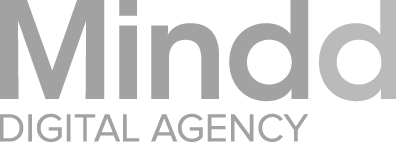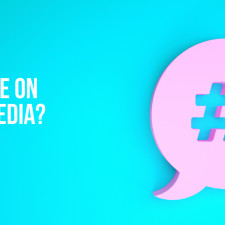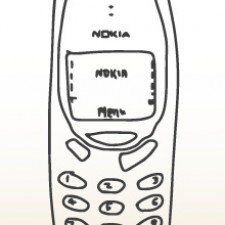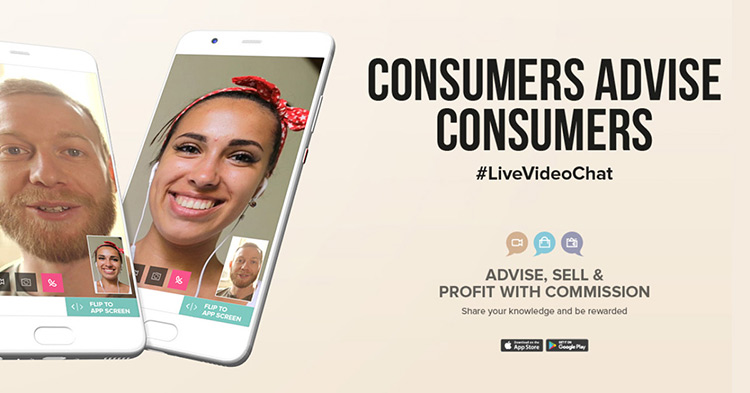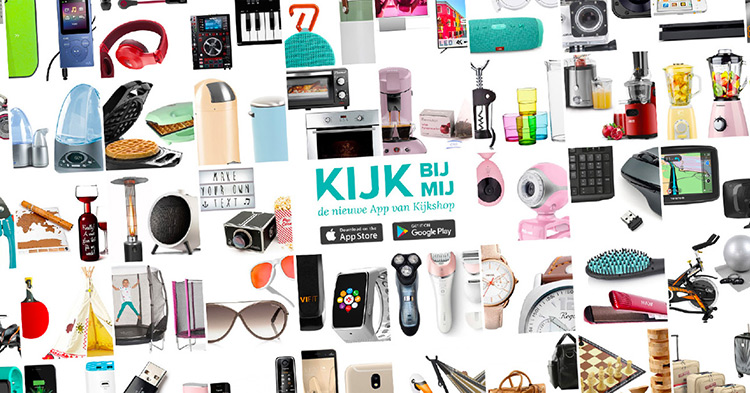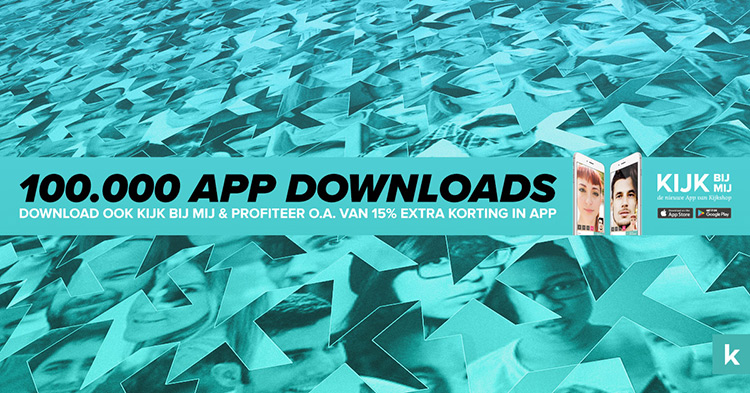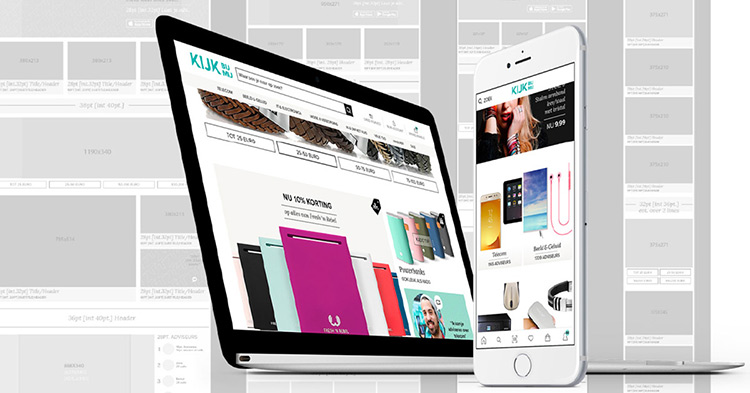[mindd showcase]
KBM Sales Activation
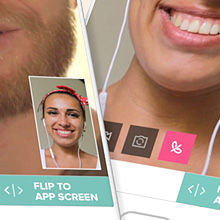
When you build an App that serves a community, it must have added value for the community. In the case of KijkBijMij, community members could call each other via live video to ask for advice and the advice was rewarded with a commission if it led to a purchase.
But even if you have an App that offers added value to the community, you still face the challenge of persuading the community to download the App. Therefore, in addition to regular communication, we launched the 10% discount action.
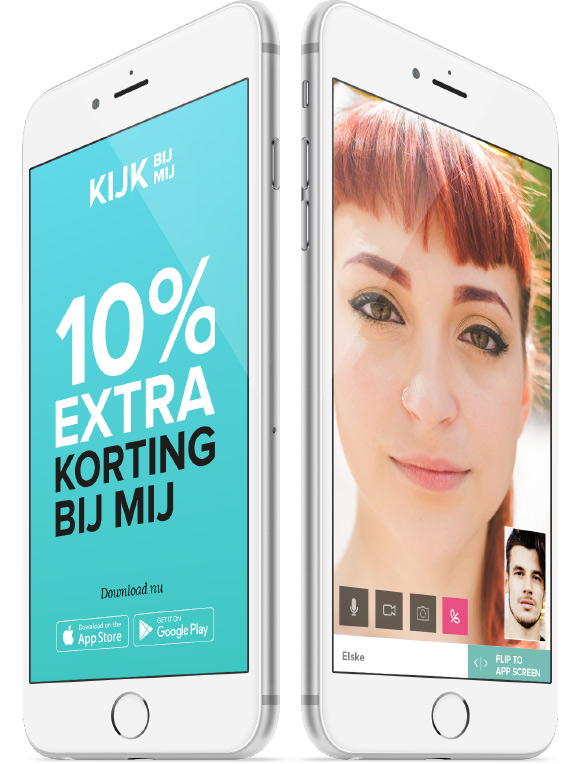
10% discount on your first purchase via the KijkBijMij App.
Both in the shops and in the App, consumers received a 10% discount on their first purchase. However, they had to register as a candidate to advise other community members on request via live video calls.
Even online in the webshop, community members were informed that if they would make the purchase via the App, the 10% discount rule would apply.
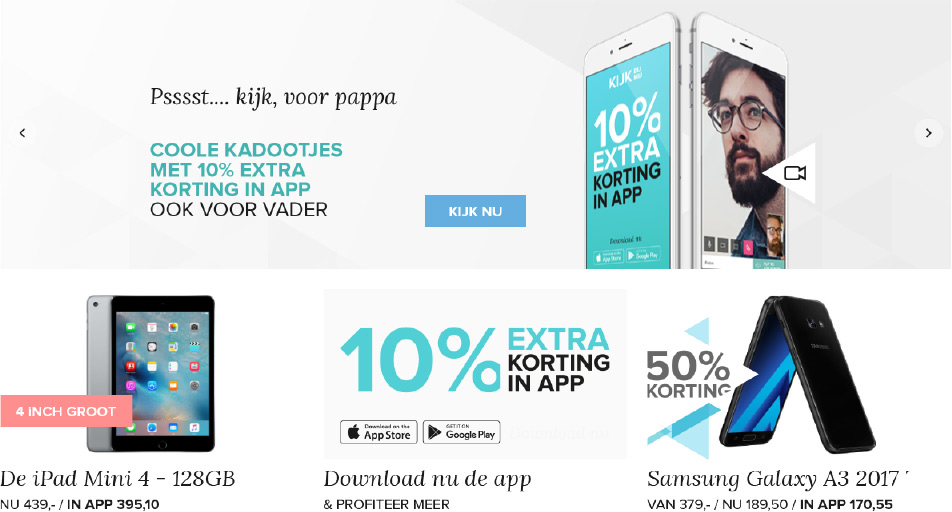
Employees in the store also referred customers to the App and were able to offer a Euro discount on top of the 10% by having the customer scan a QR code. This immediately gave us a tool to measure which employee had done his best to have the new App downloaded.

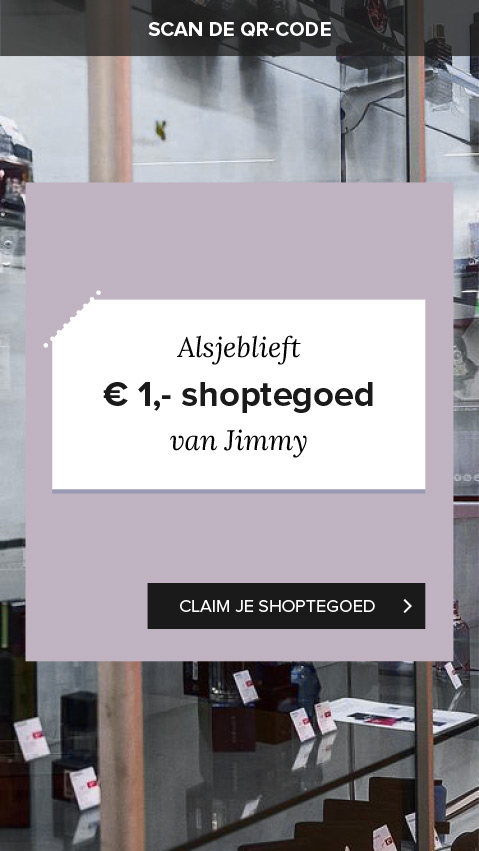
Responsible for:
- Concept & design
- Development
- Project support
When do you use a sales activation?
As long as products are promoted there are already sales activations. Usually, they are used when a product is not sold fast enough or to a sufficient extent. Especially when you reach enough potential customers, a sales activation can tempt the customer to suddenly make a purchase.
However, it does not always have to be a purchase. As in the case of KijkBijMij, a sales activation was used to generate more App downloads. Based on predicted repeat purchases, we were able to calculate that this way of generating downloads is cheaper than other marketing methods.
What types of sales activations exist?
There are 7 many types of sales activities that are used in combination with each other and in an infinite number of variants.
1. Discount on the purchase price: The most common method is to give a discount on the sales price. Often this is only for a certain period of time, after which the price goes back to the old price point. A variant of this is that the customer gets 2 or more products for the price of 1 product. Another variant is that when you buy 1 product, you can get a discount on a completely different product.
2. Free trial actions: This form is most commonly used with software or paid platforms. You may first try the product or service for free for a while and after the trial period, you have to pay for it. Sometimes certain functionality is limited until paid for. The problem with this method is that there are many companies that do ask for your credit card details in advance. If you forget to unsubscribe before the last day of the trial period, the subscription starts automatically.
3. Contests and gambling actions: By means of a game you can win a discount. Often on products, you don’t want at all. This method usually uses the principle that only 1 out of every X number of people have a chance to win something.
4. Repeat purchase action: With this sales activation method, you earn a discount on your next purchase.
5. Savings actions: With savings actions, you save points, coupons, or for small gifts with each purchase. Points and coupons can be redeemed later for a nice gift and if you immediately receive gifts, these are usually items that you also want to save. For example, stickers for an album or comic book heroes where you can complete a series of them.
6. Trade-in actions: In a trade-in action you can hand in an old product and then purchase a new product at a discount. This sales method is used a lot in the car industry. Unfortunately, it is also used for abuse by offering too low a price for the old car.
7. Cash Back actions: In case of a cashback you will receive a refund after the purchase of a product. The advantage for the supplier of the product is that they don’t get problems with other sales channels if they only offer this at a few sales channels. This is because there is no talk of discounts. Another advantage is that not everyone claims the return amount. As a result, higher discounts can be given.
Sales activations in the B2B market
The Business to Business market also makes use of sales activations. Although this is usually to a lesser extent. An example of this is the rebate promotion method.
In terms of methodology, a rebate promotion is comparable to a cashback promotion. The difference is that usually a rebate amount is agreed on each product, which is paid monthly, annually or quarterly. It is often required that this amount is used to generate new sales. For example by advertising.
What is the disadvantage of a sales activation?
Sales activations are not suitable for every brand and every product. The disadvantages sometimes do not outweigh the advantages. For example by:
1. Imago damage: If an expensive car brand would give a discount on its cars, this would be at the expense of the exclusive image.
2. Loss of income: A sales activation can cost a lot of money. That’s why they are often not suitable for products with little market.
3. Cannibalization: Sales promotion does not contribute to customer loyalty. You create customers who buy on price instead because they believe in your product or service. This can even go so far that they now buy the product from you and therefore no longer the other product. This way you can cannibalize your own market.
